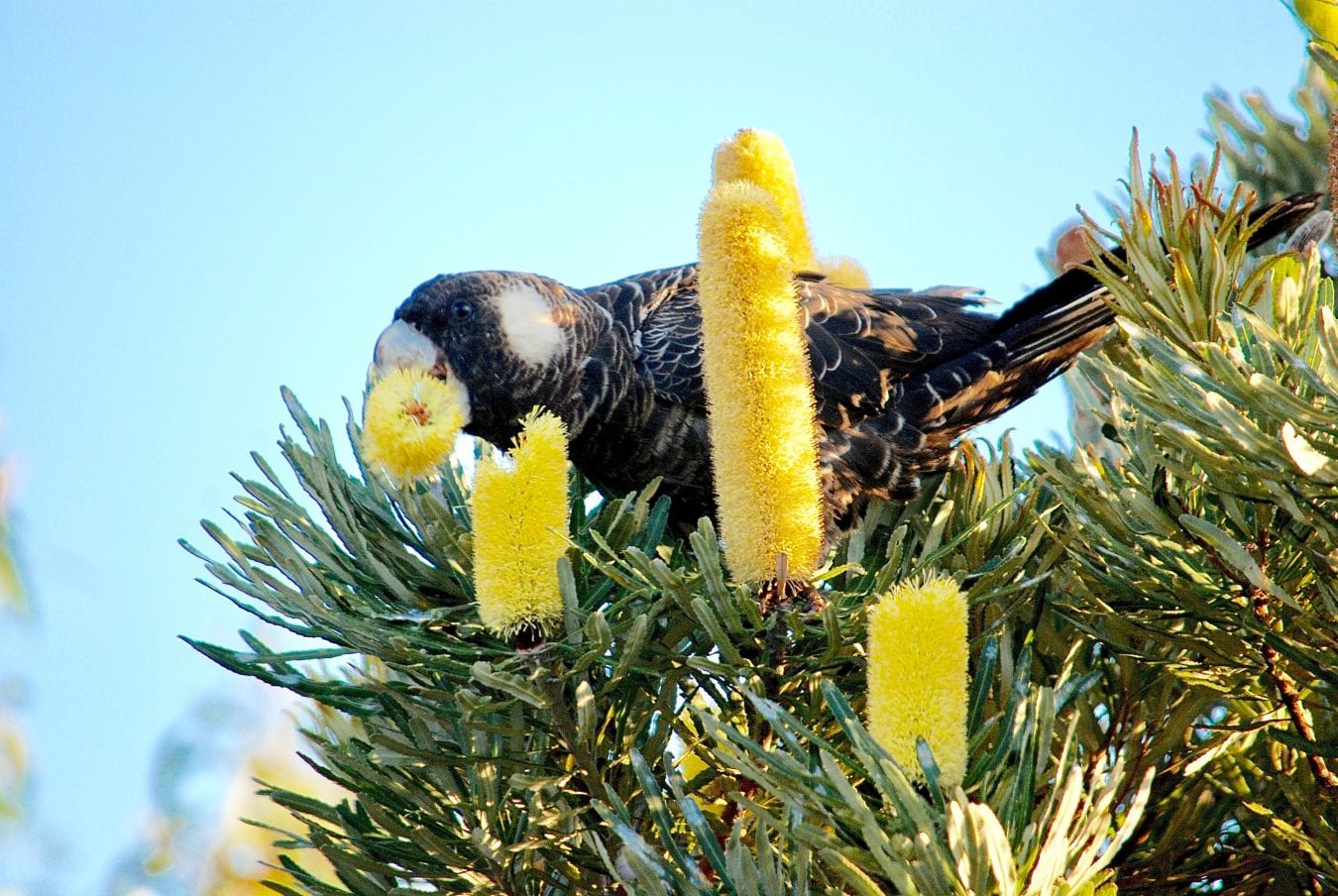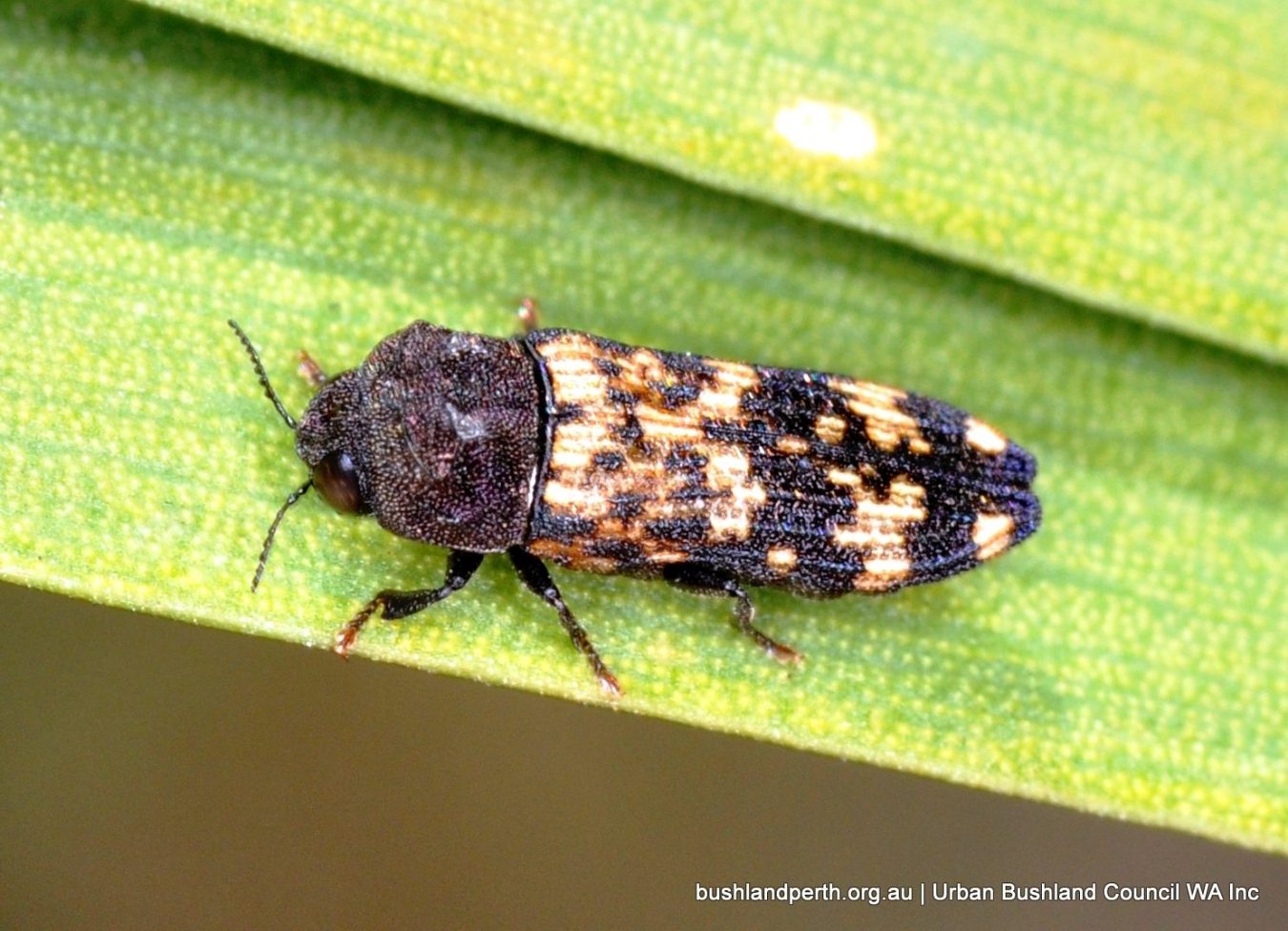WA Biodiversity 2022 – Issues & Actions
Take Action
Read our Issues and Actions paper to understand the lack of effective protection, the lack of funding and capacity to protect and manage biodiversity and the Actions needed to help save what is left.
The south west of WA is one of 36 globally recognised biodiversity hotspots which are listed because of their unique and amazing biodiversity. It is also listed ‘for conservation priority because it is under threat’. In the south west of WA there are ~8,500 native plant species of which more than 6,400 are endemic, and they occupy just 4% of the Australian continent. The Perth Metropolitan Region has ~1,300 native plant species.
In the whole of WA, there are 11,673 described plant species of which ~ 62% are endemic to WA. And there are another ~1,100 unnamed species, many of which will be restricted or rare. 444 taxa are listed as threatened (G. J. Keighery pers. comm. July 2022)
 Iconic south west fauna species such as Carnaby’s Cockatoo, Forest Red-tailed Black Cockatoo, Baudin’s Cockatoo, Ringtail Possums, and Numbats are declining in numbers from increasing threats and loss of habitat. As you know, there is a continuing loss of biodiversity due to:
Iconic south west fauna species such as Carnaby’s Cockatoo, Forest Red-tailed Black Cockatoo, Baudin’s Cockatoo, Ringtail Possums, and Numbats are declining in numbers from increasing threats and loss of habitat. As you know, there is a continuing loss of biodiversity due to:
- Lack of effective and legally enforced protection of biodiversity; and
- Lack of WA Government funding for capacity to control threats and properly manage native vegetation in the conservation reserve system and on other lands.
There is an urgent need to address this situation.
LACK OF EFFECTIVE PROTECTION
There are many threats to our biodiversity, including:
- Land clearing;
- Exemptions allowing clearing and fuel reduction burning in certain categories without a permit;
- Changed and frequent fire regimes including prescribed burning with increased associated threats;
- Habitat loss due to clearing and urban infill;
- Fragmentation of habitat with lack of connectivity;
- Invasive species including weeds and feral animals;
- Climate change with decreasing rainfall, rising temperatures, increasing in extreme weather events;
- Phytophthora dieback and other plant diseases;
- Falling groundwater levels, due to climate change and development; and
- Off-road vehicles and mountain biking.
JOIN US

A collaboration of conservation/environment groups are raising their voices to ensure that the broader community is aware of this looming catastrophe. Please share this understanding and continue to join us in our efforts to stop the next extinction.
Read our Issues and Actions paper to understand the lack of effective protection, the lack of funding and capacity to protect and manage biodiversity and the Actions Needed.
Photos: Margaret Owen, David Pike,
